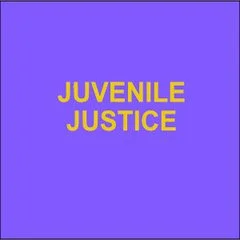By The National Juvenile Justice Network and the Texas Public Policy Foundation
This report presents information on nine States that have adopted policies within their juvenile justice systems aimed at reducing the incarceration rate of youth in the United States. The nine States singled out for their efforts include California, Connecticut, Illinois, Ohio, Mississippi, New York, Texas, Washington, and Wisconsin. Using data collected by Federal agencies, this report presents details on national and State incarceration trends, with specific focus on the nine States. The analysis found that the decrease in youth incarceration rates is associated with changes in State policies since 2001 that have focused on increasing the availability of evidence-based alternatives to incarceration; requiring intake procedures that reduce use of secure detention facilities; closing or downsizing youth confinement facilities; reducing schools' overreliance on the justice system to address discipline issues; disallowing incarceration for minor offenses; and restructuring juvenile justice responsibilities and finances among States and counties. The nine States identified in this report were selected as a result of adopting at least four of the six policy changes, exceeding the national-average reduction in youth confinement for the period 2001-2010, and experiencing a decline in youth arrests for the same period.
Washington, DC: National Juvenile Justice Network; Austin, TX: Texas Public policy Foundation, 2013. 54p.





















